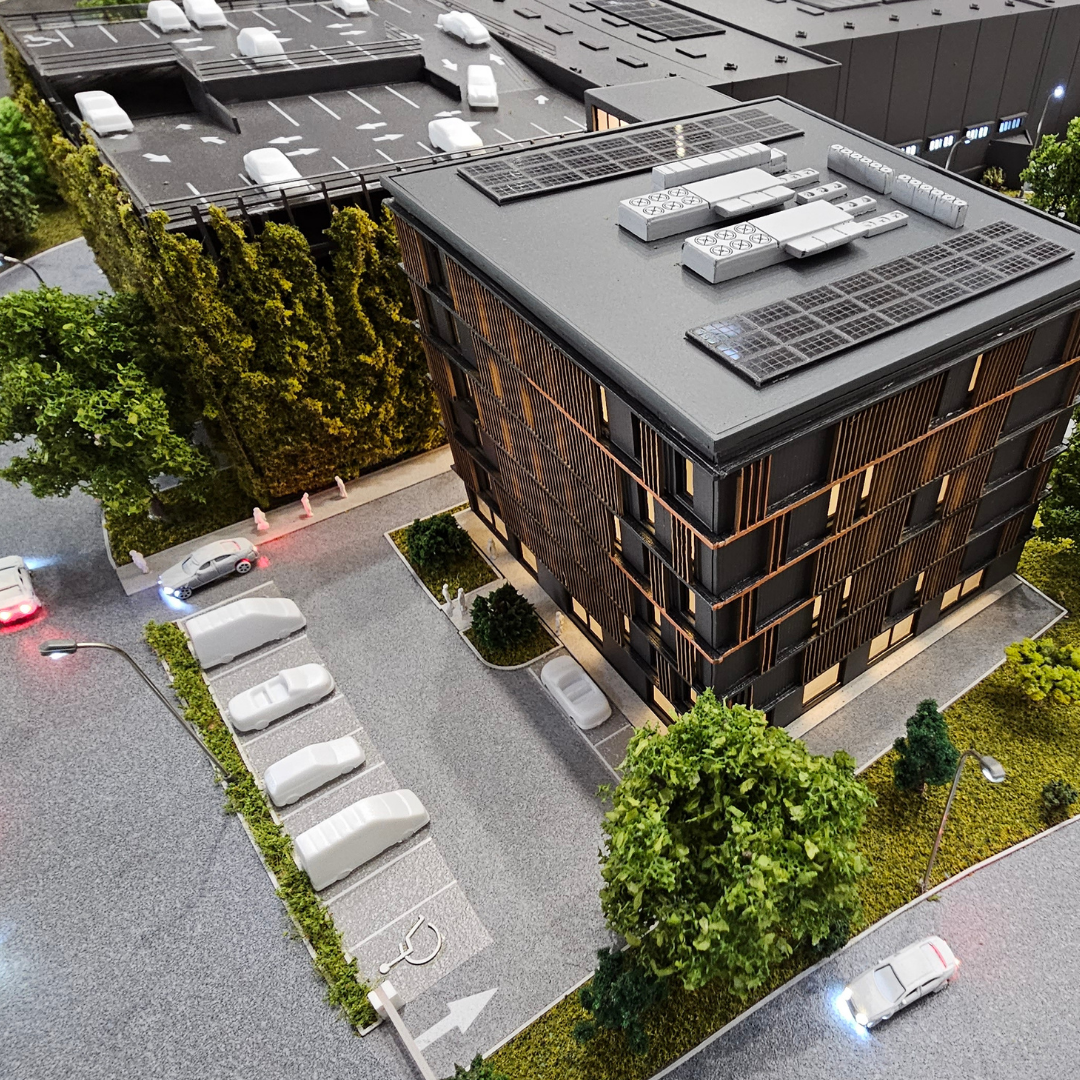The method of 3D visualization, which is becoming more widespread every day, has become a powerful marketing tool, especially in areas like furniture sales, largely replacing traditional product photography and studio shooting. This realistic 3D visualization has made objects attractive not only in the field of interior design but also in various other fields such as jewelry and architecture.
Although there are many types of computer-assisted 3D modeling, 3D visualization is characterized by its emphasis on photorealism; this can make it difficult to distinguish between this and professional photography if you have no training or experience in this field.
The carefully prepared images include special material textures, carefully prepared lighting, and surprising details. These features make product 3D visualization a valuable asset for marketing campaigns. This method allows consumers to interact with detailed images without leaving their location, allowing them to assess the quality, functionality, and aesthetics of the products they are interested in.
But how exactly does the process of 3D visualization work?
Process of 3D visualization in 5 steps:
-
Creation of the three-dimensional basic model: All three-dimensional modeling processes begin with the transfer of a rough sketch or design into a digital environment. The product is reduced to a series of polygons, and these shapes are assembled to create a computer-generated image. Then, the designs are developed several times until the product reaches the desired final shape.
-
Adding a realistic background: Once the perspective in which the product will be presented is determined, it is important to add an appropriate background to the obtained image. The choice of background enhances the realism of the image and makes the advertised product more attractive to consumers. However, it is important to be careful not to overshadow the advertised product.
-
Enhancing the product with a sophisticated lighting design: 3D visualization is an art form, so sophisticated use of light and shadow is required to adjust the atmosphere of the composition. This can be as effective as an attractive background in product ads. Using light, you can add a different atmosphere, image depth, and various emotional elements to the product.
-
Adding texture and color layers: This step distinguishes 3D visualization from other types of 3D modeling and truly brings the product to life. Previously, the main criticism of photorealistic computer graphics was the lack of realism and overly artificial aspects. Now, the best artists add small flaws to the finished images to eliminate this artificial impression.
-
Adding decorations and final touches with Photoshop: The final steps to obtain a high-quality 3D image involve editing the image and adding some final details. For example, adding a book to a table or a plant to the windowsill using Photoshop can make the final image more realistic and attractive.
This industrial-focused approach to 3D modeling and visualization improves marketing and sales processes by allowing realistic and attractive representation of products and enriching the customer experience.





